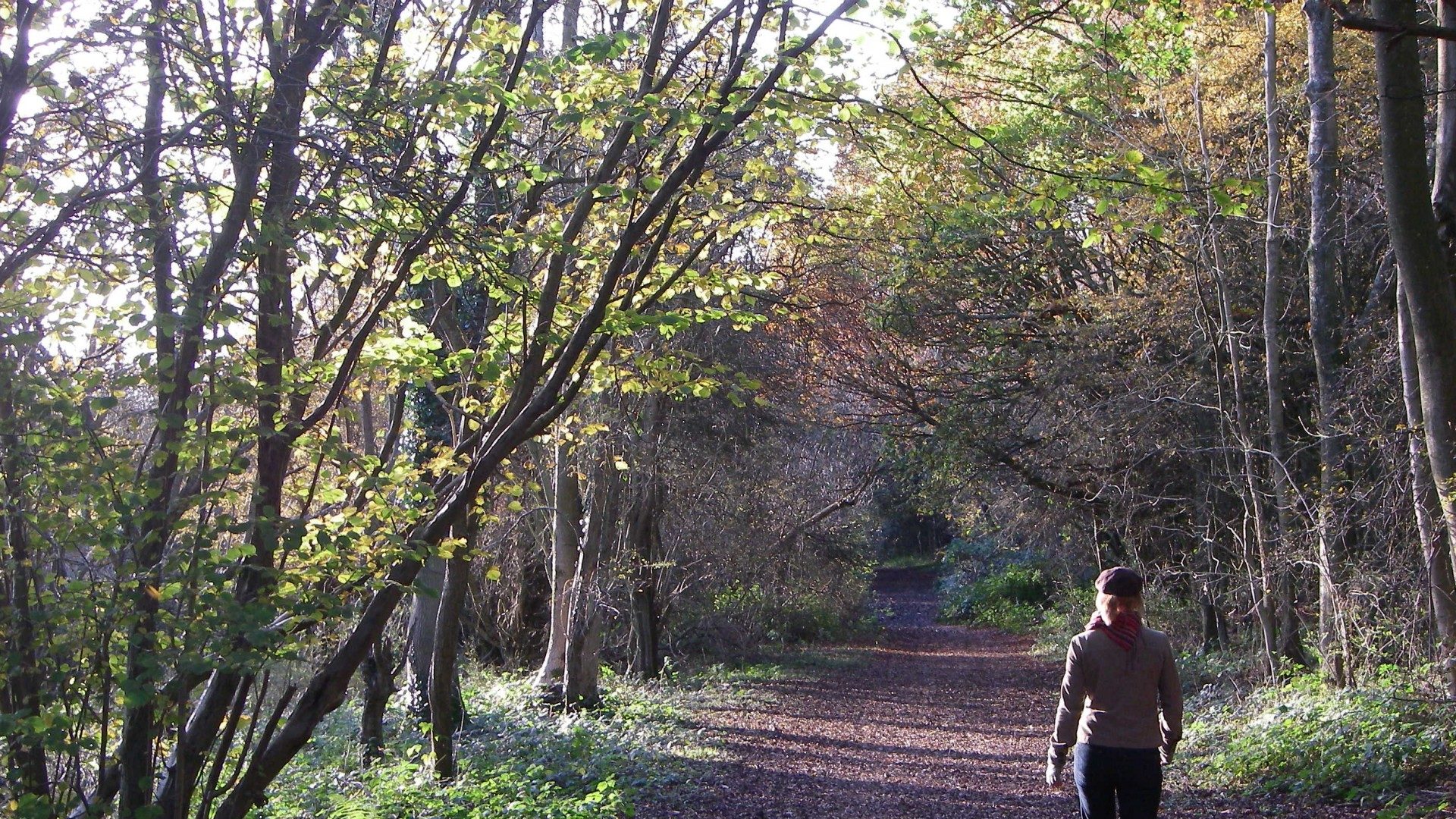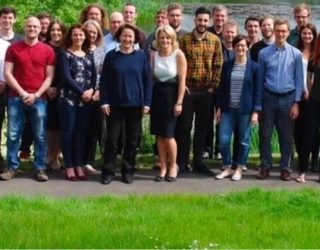The Guardian recently published an article called “Turn it off: how technology is killing the joy of national parks”. The article made a valid point that the increase in drones, or UAVs (Unmanned Aerial Vehicles), and other technology such as smartphones and music speakers, is spoiling the natural sound of some of the USA’s otherwise peaceful places.
Research has also suggested that, as well as creating noise pollution for human visitors to natural and normally quiet places, new and unnatural noises make it harder for wildlife to perceive natural sounds, and so can interfere with communication, reproduction and survival.
In this country, there is legislation in place to protect environments and people from the misuse of UAVs. The law states that UAVs cannot be used within 50m of people (who are not under the control of the UAV pilot), as well as of roads and buildings. Permission from landowners should also be granted before a UAV can be flown from, or over, their land.
The benefits of ecology surveying with a UAV are becoming apparent. It is easier, and safer, to access otherwise hard to survey areas, such as cliffs or habitats which contain water bodies, and surveys can be done quickly and relatively cheaply – requiring just two people instead of a whole team of ecologists. The detailed imagery which can be collected using a UAV can be processed to create 2D and 3D maps – ideal for comparing data over time to assess changes in habitat.
For information on how UAV surveying can help on your project, please contact us.











